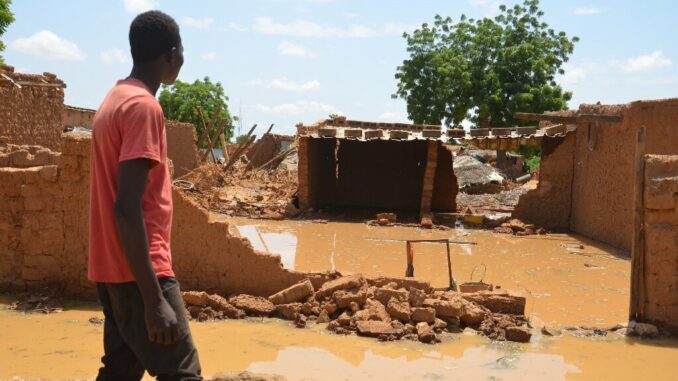
As Niger’s rainy season begins, the predominantly arid nation faces an unexpected crisis. Within mere weeks, floods have claimed 21 lives and affected over 6,000 residents, marking a grim start to the annual monsoon period that stretches until September.
The devastation has been particularly severe in the Maradi region, accounting for two-thirds of the fatalities. Homes have crumbled under the weight of heavy downpours, while others have succumbed to rising waters. Local inhabitants express shock at the intensity of the initial rainfall, lamenting the destruction of their dwellings so early in the season.
This tragic pattern is not unfamiliar to Niger. The country grapples with a cruel paradox: punishing droughts and scorching heat waves during the dry months, followed by life-threatening floods when the rains arrive. Climate change is increasingly blamed for the intensifying weather extremes.
While the capital, Niamey, has been largely spared thus far, its outskirts have not escaped unscathed. Residents with damaged homes plead for government assistance, fearing what subsequent storms might bring. However, official plans for relocating displaced families remain unclear.
As Niger braces for the remainder of the rainy season, the toll on human life and infrastructure serves as a stark reminder of the nation’s vulnerability to climate-related disasters. The challenge now lies in mitigating further losses and supporting those already affected by this early onslaught of rain.
